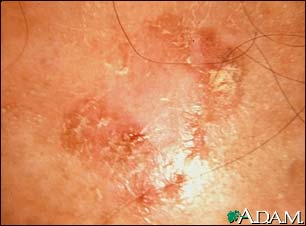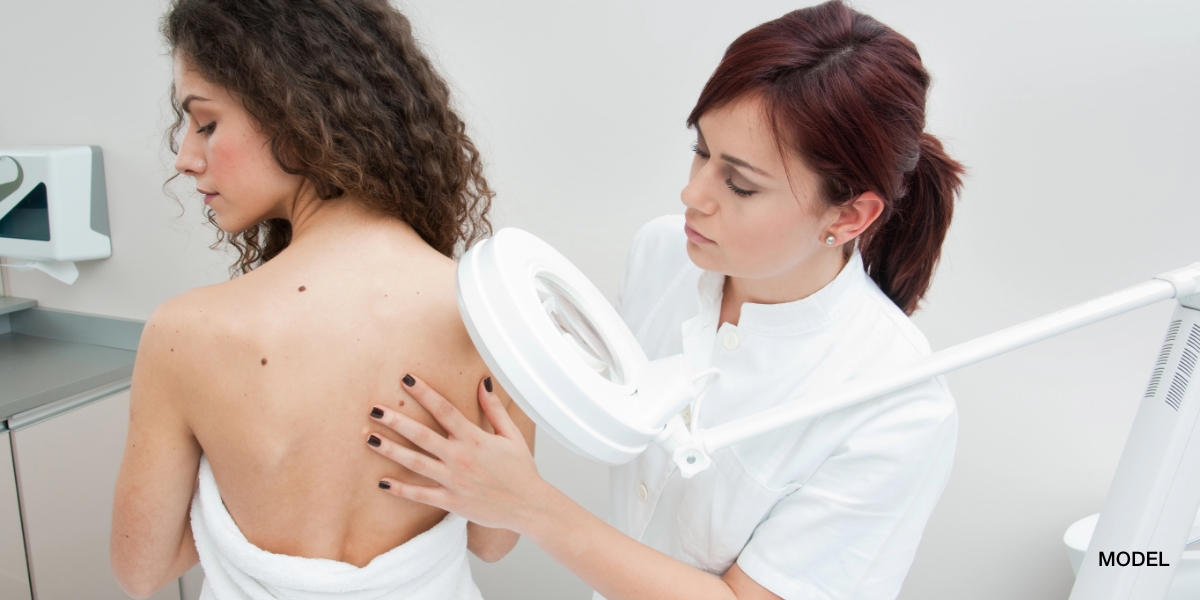Actinic keratoses (AKs) present in myriad clinical appearances. Typically, they are scaly red papules that have a gritty, sandpaper-like feel. Hyperkeratotic AKs are extremely thick clinically and resemble a squamous cell cancer, except histologically they do not fulfill the criteria for cancer. Hyperplastic AKs are also have a very thick appearance. Histologically, the keratinocytes are becoming more irregular and are most likely going to convert to cancer over a 3 to 6 month time frame. Therefore, it is very important to treat them expeditiously. Pigmented AKs are commonly mistaken for lentigos or moles due to their dark color. This increased darkness is due to extra pigment in the atypical keratinocytes. They do not behave any differently from other AKs. A cutaneous horn is a large keratotic projection that arises from the skin and actually appears like a horn. The base of a cutaneous horn is an actinic keratosis in 20% of all cases. In 60% of cases, the base is a benign lesion such as a wart. In the final 20% of cases, the base is a squamous cell cancer.





